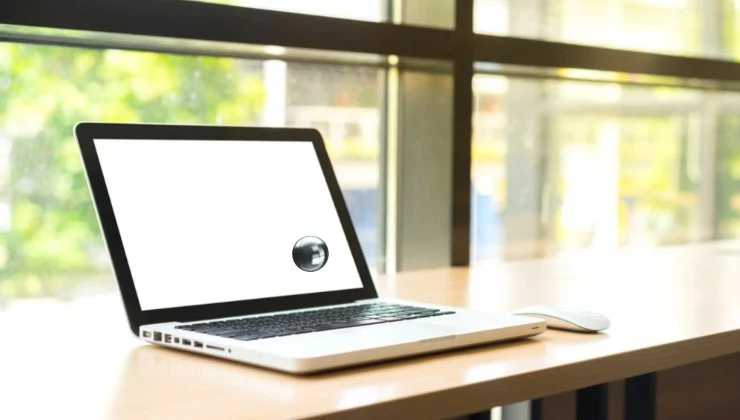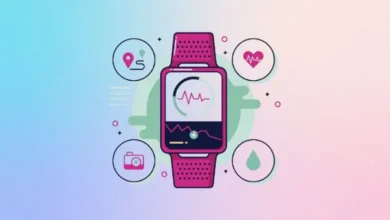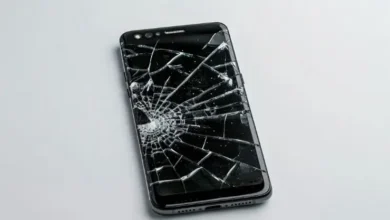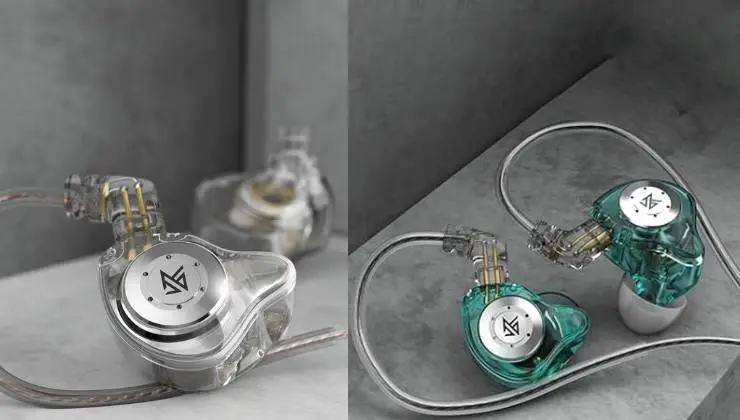A black spot on the laptop screen means a visible black area on the laptop display. These spots are often visible on devices that use Liquid Crystal Displays (LCD). The black spot on a laptop screen is not visible when it is off but only when it is on. These black spots on the laptop screen are also called black dots and patches, often caused by Dead Pixels, Stuck Pixels, Dirt or Debris and Pressure Damage.
Why is there a Black Spot on the Laptop Screen?
Your laptop may face some issues, such as dead pixels or stuck pixels, or there may be damage to your screen due to pressure on the display. These above factors cause a black spot on the laptop screen; you can fix this issue by knowing them carefully; each issue has its solution. Do not rush quickly and try all the tricks to solve the problem.
- Dead Pixels: The dead pixels are different from stuck pixels. If the black spot on the laptop screen is caused by dead pixels, you will see nothing on the black spot, and that black spot will not receive any signals or power. It is completely non-functional. To manually check the dead pixels, you must add a solid background (e.g., white, black, red, green, or blue) using software or an online tool on your home screen. Dead pixels always appear black regardless of using any background display. You can also check the dead pixels using software like Dead Pixel Buddy or websites like Deadpixeltest.org.
- Stuck Pixels: The stuck pixels are similar to dead pixels. The only difference is that you can see some colourful lines on the black spot on the laptop screen. You determine the stuck pixels manually. You can create a background solid colour display or download solid colour images and display different colours (red, green, blue, white, black) on your screen. If a pixel stays in the same colour, it’s likely to be a stuck pixel. You can also use software tools such as JScreenFix, PixelHealer, and other online tools such as pixel testers to detect stuck pixels.
- Liquid Crystal Damage: if liquid crystal is damaged on your laptop screen, the black spot will be visible in a liquid-moving format. This may look like a rainbow or oil slick; liquid crystal damage spreads slowly over time, unlike dead pixels. You can gently press the black spot on the laptop screen to check it. If it moves slightly, then it is liquid crystal damage.
How do we Remove the Black Spot on the Laptop Screen?
To remove the black spot on the laptop screen, you should verify which issues are occurring on your laptop. According to that, use various methods such as:

Dead Pixels issue: If the problem is dead pixels, unfortunately, there is no option to repair it; the only option is to replace the laptop screen with a new one.
Stuck Pixels issue:
- Gently rub the area around the black spot on the laptop screen using a soft cloth or a cotton swab.
- Apply gentle pressure in circular motions that will reset the pixel.
- Be careful not to press too firmly, as it can lead to screen damage. If it’s still not fixed, replace the laptop screen.
Liquid Crystal Damage:
- Liquid crystal damage is mostly caused by high pressure.
- There is no way to repair the screen.
- The only way is to replace the laptop screen.
Neither do-it-yourself methods nor any software can repair this kind of damage. Make sure that you replace the screen according to your laptop’s configurations.
Causes of black spot on laptop screen:
- Dead Pixels
- Stuck Pixels
- Liquid Crystal Display (LCD) Damage
- Pressure Damage
- Physical Damage
- Dust or Debris



